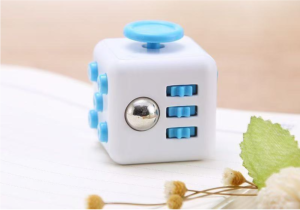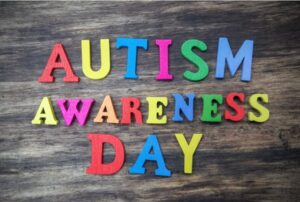As a parent, noticing signs of ADHD (Attention-Deficit/Hyperactivity Disorder) in your child can be overwhelming. The symptoms, such as difficulty focusing, impulsivity, and hyperactivity, may interfere with their daily life and learning. But don’t worry—understanding ADHD and taking proactive steps can make a significant difference in your child’s well-being.
Step 1: Understand ADHD Symptoms
Before taking further steps, familiarize yourself with common symptoms of ADHD in children. These symptoms are typically categorized into three main areas:
- Inattention: Trouble focusing, difficulty following instructions, and a tendency to get distracted easily.
- Hyperactivity: Constant movement, difficulty sitting still, and excessive talking.
- Impulsivity: Acting without thinking, interrupting others, and impatience.
Children may display symptoms in one or all of these areas, and the severity can vary.
Step 2: Keep a Behavior Log
Tracking your child’s behaviors can help you identify patterns and provide valuable insights for professionals. Record instances of inattention, hyperactivity, or impulsivity. Note when and where the behaviors occur, as well as any triggers like stress or fatigue. This information will be helpful during consultations with teachers or healthcare providers.
Step 3: Talk to Your Child’s Teacher
Teachers often observe behaviors in a structured setting, making them valuable allies in identifying ADHD. Share your concerns and ask if your child struggles with focus, completing tasks, or behaving appropriately in class. Teachers can also provide insights into how your child interacts with peers and handles academic challenges.
Step 4: Consult a Pediatrician
Once you’ve gathered observations, schedule an appointment with your child’s pediatrician. Share your notes and discuss your concerns. The doctor may perform initial assessments and, if necessary, refer you to a specialist, such as a child psychologist or psychiatrist, for a more comprehensive evaluation.
Step 5: Seek a Professional Evaluation
A professional evaluation is essential to confirm an ADHD diagnosis. Specialists use standardized questionnaires, behavioral assessments, and interviews with parents, teachers, and the child. This thorough process ensures that symptoms are not caused by other factors, such as anxiety, learning disabilities, or medical conditions.
Step 6: Explore Treatment Options
If your child is diagnosed with ADHD, there are several treatment options available. The most common include:
- Behavioral Therapy: Helps children develop self-control, organizational skills, and positive behaviors.
- Parent Training: Provides strategies to manage challenging behaviors and support your child effectively.
- Medication: Stimulants and non-stimulant medications can help improve focus and reduce hyperactivity. Always discuss potential side effects with your doctor.
Step 7: Build a Support System
Managing ADHD is a team effort. Surround yourself with supportive people, including teachers, family members, and professionals who understand ADHD. Joining a parent support group can also provide emotional support and practical advice.
Step 8: Create a Structured Environment
Children with ADHD thrive in environments with structure and routine. Establish consistent schedules for meals, homework, playtime, and bedtime. Use visual aids like calendars or checklists to help your child stay organized.
Step 9: Focus on Strengths
While ADHD presents challenges, children with this condition often have unique strengths, such as creativity, energy, and problem-solving abilities. Celebrate these strengths and provide opportunities for your child to excel in areas they enjoy, like art, sports, or music.
Step 10: Be Patient and Positive
Parenting a child with ADHD requires patience and positivity. Progress may be slow, and setbacks are normal. Focus on small victories, encourage effort, and show your child unconditional love and support.
Final Thoughts
If you think your child has ADHD, remember that you are not alone, and help is available. By taking proactive steps, seeking professional guidance, and creating a supportive environment, you can empower your child to succeed and thrive. Early intervention and consistent support can make a world of difference for your child’s happiness and development.













